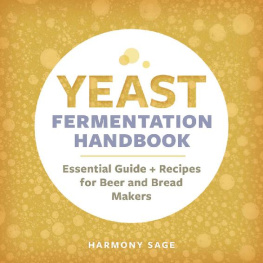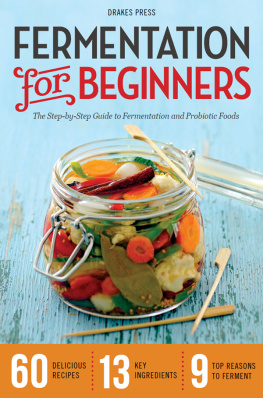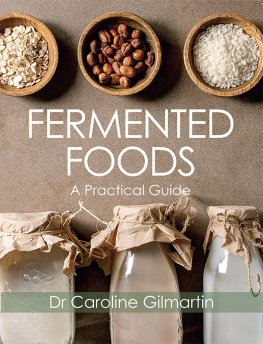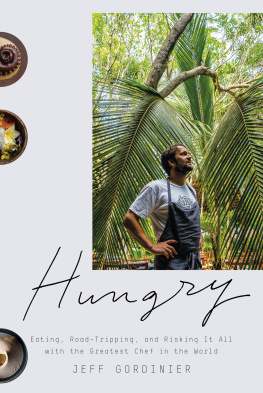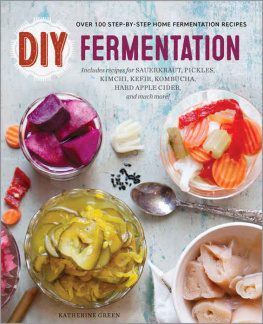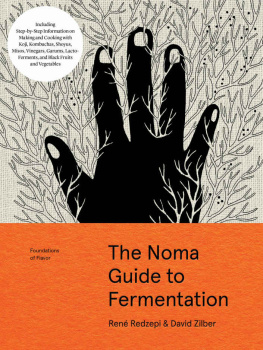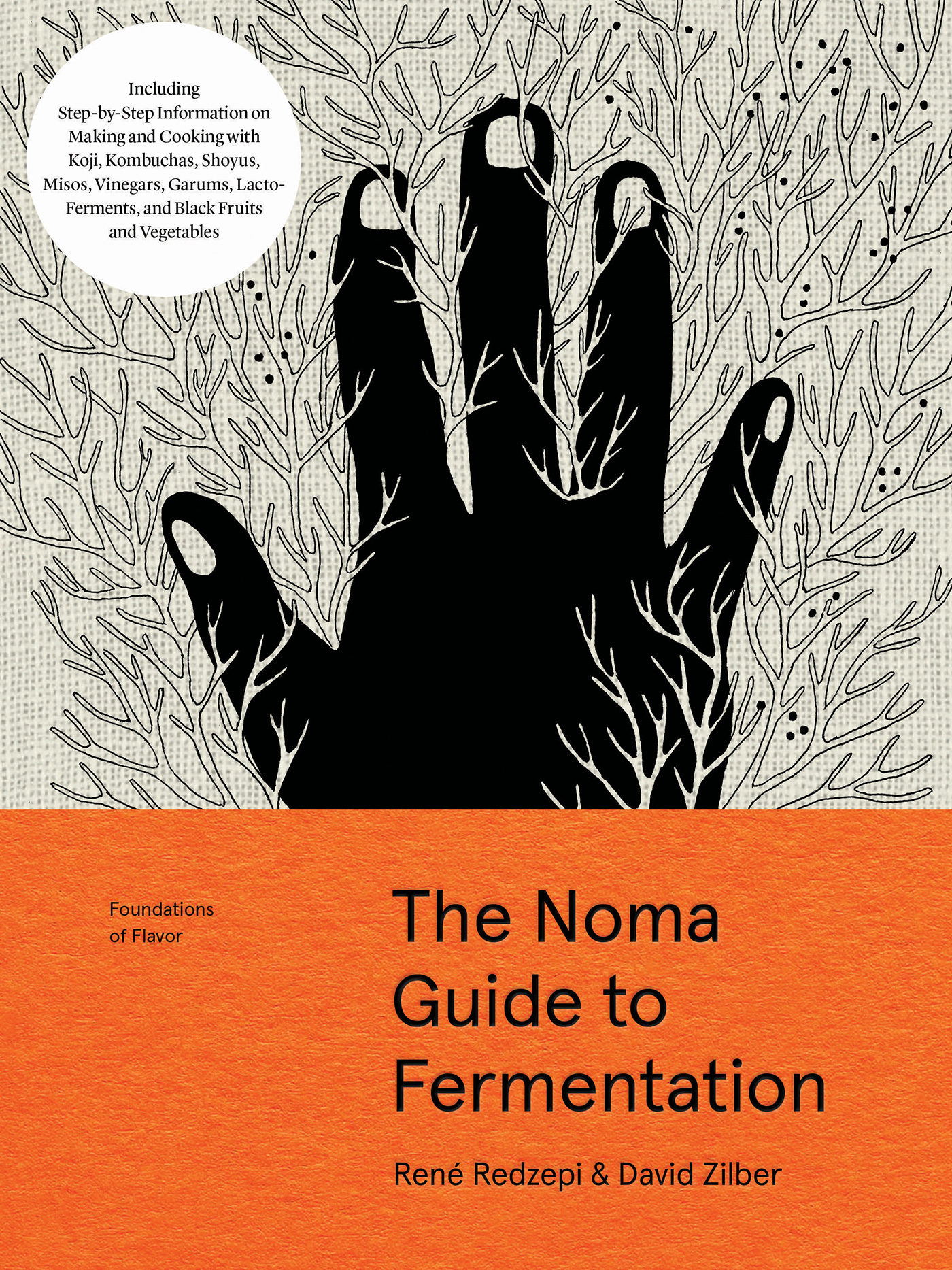

Foundations of Flavor
The Noma Guide to Fermentation
Ren Redzepi & David Zilber
Photographs by Evan Sung
Illustrations by Paula Troxler

This book would not have been possible without the countless chefs and enthusiasts who have taken part in our never-ending quest of discovery. So many people have contributed small pieces to the great puzzle that has made Nomas world of fermentation what it is today. Notably, Dr. Arielle Johnson, Torsten Vildgaard, Lars Williams, Thomas Frebel, Rosio Sanchez, Josh Evans, Ben Reade, Roberto Flore, and all those involved in the Nordic Food Lab. If we have seen further, it is by standing on the shoulders of giants.
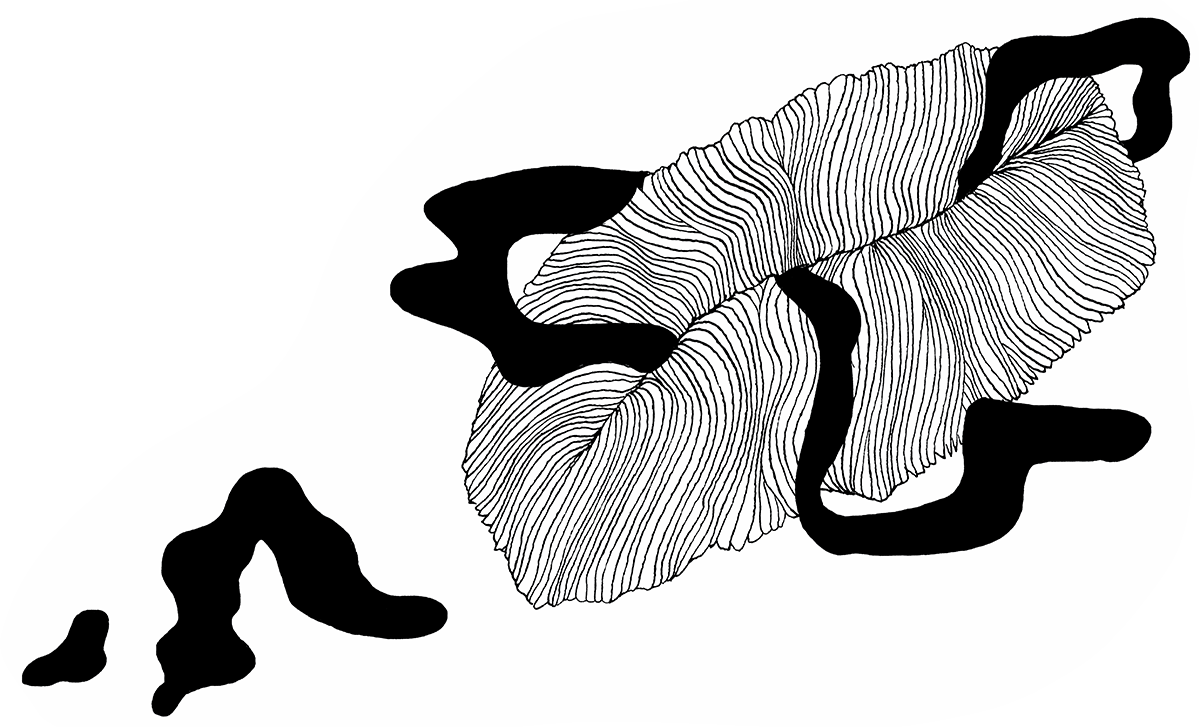

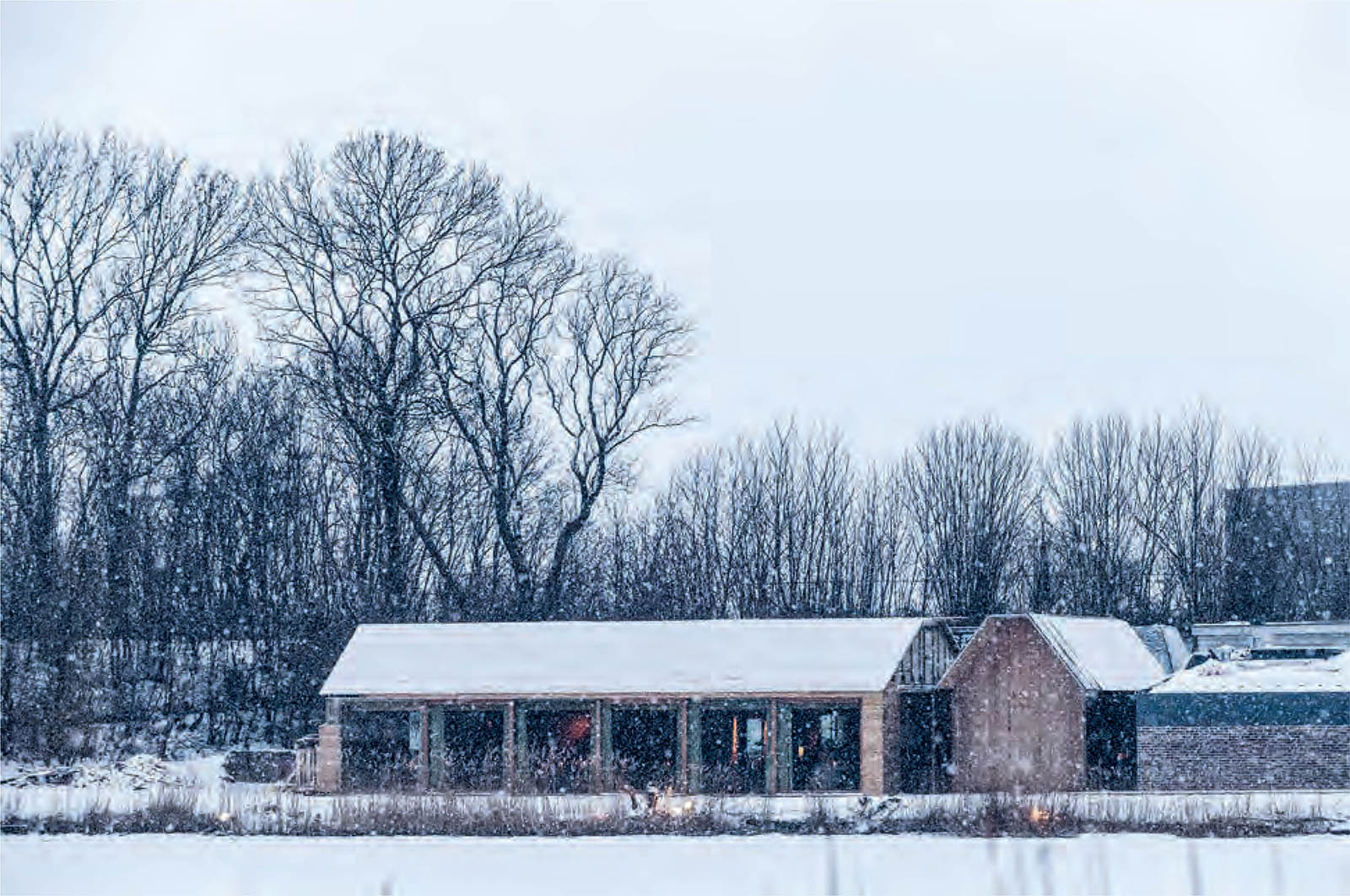
Noma in its new home on the outskirts of the Christiania neighborhood in Copenhagen. Opening week, February 2018.
Introduction
Ren Redzepi
Our story with fermentation is a story of accidents.
In the very early years of Noma, we were caught up in a search for ingredients, looking to stock our larder with things that could keep our cooking interesting through the colder months of the year.
I remember one day in the early summer when our longtime forager, Roland Rittman, walked through the door with a handful of odd little flower buds, round but also somehow triangular, perfectly juicy, with a flavor like rampsnot garlicky, exactly, but with that same punch and depth. Wed never tasted anything like it. Roland mentioned that these ramson berries used to be quite common in Nordic cuisine, and that people would preserve them for use through the winter.
And so we set out to make our own caper-like pickle of ramson buds. If youd asked us what we thought was happening to the tiny garlicky orbs as they sat in a jar packed with salt, we would have described it as curing or maturing. If youd mentioned the concept of lactic acid fermentation, we would have cocked our heads and looked at you quizzically.
The ramson capers were a revelation. Suddenly we had this ingredient at our disposal that could bring little bursts of acidity and saltiness and pungency to any dish. And we didnt have to import it from somewhere else. It had grown in our own backyard and become something more, merely through the addition of salt.
One accidental success led to another.
I cant remember whose idea it was to salt gooseberries, but it was around 2008, so it must have been Torsten Vildgaard or Sren Westh. They were messing around with all kinds of things on the boat that was anchored in front of the restaurant.
No larger than a fishing vessel you might take out for a day on the ocean, the boat housed something we called the Nordic Food Lab. Its purpose was to investigate what could be done with the food in our region and share that knowledge freely with anyone interested. It was a place for long-term investigation, rather than a test kitchen for tinkering with next weeks dishes. One of our chefs, Ben Reade, used to sleep among the ferments on that boatthats the sort of character we had working in the lab.
One day, Torsten put a spoon in front of me with a slice of gooseberry that had been salted, vacuum-bagged, and fermented, then forgotten for a year. I tasted it and I was completely shocked. I know that probably sounds like an exaggerationafter all, were talking about a spoonful of pickled berry. But you have to try to put yourself in my frame of mind: Youve grown up in Scandinavia eating gooseberries your whole life, and now theres this thing in front of you. It tastes familiar but also like nothing youve ever had before, like an old comfortable sweater with bright new colors woven through the original fabric.
Today when I taste a pickled gooseberry, I recognize the unmistakable effect of lacto-fermentation, but that first time really changed everything for me and Noma. It was the beginning of a decade in which we would study fermentation with intense focus and enthusiasm.
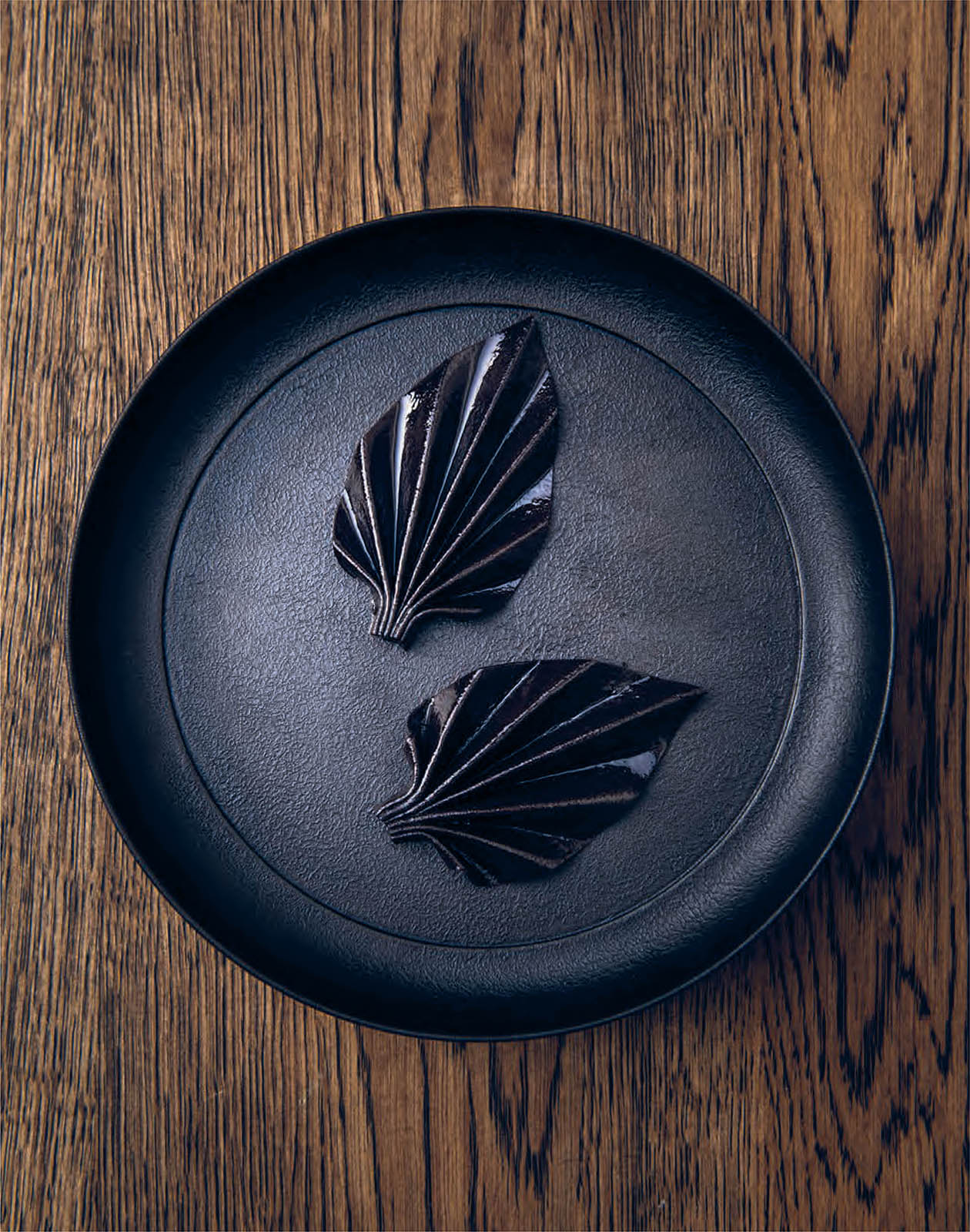
Garlic Flower, Noma Japan, 2015
The origami-like petals are a puree of black garlic cloves that have been passed through a tamis and dried to the texture of a fruit leather before being folded and dressed with a paste of ants and rose oil.
Ive forgotten so many details. I regret not taking more notes in those early days. Every week held a revelation of some sort, reached by the same basic train of thought: We need more things to cook with. We have these seasonal ingredients. What can we do to make them better? What can we do to make them last? At first, we had no idea how fermentation worked or when we were doing it. But year by year, as more ideas worked out and more smart people came into our orbit, we learned how to talk about what we were doing, and began to see the larger tradition we were part of.
In 2011, we decided to hold our first MAD Symposium (mad is the Danish word for food), a gathering of a few hundred people with a vested interest in seeing the food world get better: people from the restaurant trade, along with scientists, farmers, philosophers, and artists. We chose the theme Planting Thoughts, and we began thinking of potential speakers who could bring diverse thoughts about the plant kingdom.
Ill be honest with you: David Chang immediately came to mind because of kimchi. He may not remember serving it, but I remember having an oyster topped with kimchi water at Momofuku Ssm Bar and finding it absolutely incredible. He and his team were working a parallel track to our own, learning their way around fermentation and developing new products using age-old techniques. I asked him to come speak at MAD about fermentation. While onstage, he introduced the culinary community to the concept of microbial terroir.
Chang was referring to the largely unseen world of mold, yeast, and bacteria responsible for fermentation. They are omnipresent, transcending countless cultures and culinary traditions. What Chang was saying was that the microbes indigenous to any given region will always have their say in the flavor of the final product, in the same way that soil, weather, and geography affect wine.
At the time, people were talking about Noma as the restaurant responsible for defining modern Nordic cuisine. From our perspective, we felt saddled with a tremendous responsibility. How could we claim to be cooking Nordic food if we used techniques from abroad? The notion of microbial terroir helped change everything for us. Fermentation knows no borders. Its as much a part of the cooking tradition in Denmark as it is in Italy or Japan or China. Without fermentation, there is no kimchi, no fluffy sourdough bread, no Parmigiano, no wine or beer or spirits, no pickles, no soy sauce. There is no pickled herring or rye bread. Without fermentation, there is no Noma.
People have always associated our restaurant closely with wild food and foraging, but the truth is that the defining pillar of Noma is fermentation. Thats not to say that our food is especially funky or salty or sour or any of the other tastes that people associate with fermentation. Its not like that. Try to picture French cooking without wine, or Japanese cuisine without shoyu and miso. Its the same for us when we think about our own food. My hope is that even if youve never eaten at Noma, by the time youve finished reading this book and made a few of the recipes, youll know what I mean. Fermentation isnt responsible for one specific taste at Nomaits responsible for improving everything.
Next page

